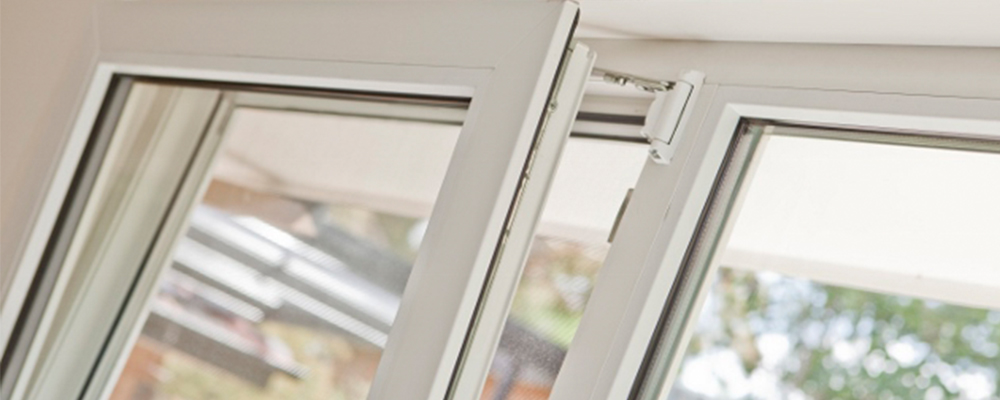
Material and Thermal Efficiencies
Relatively low energy content
Because more than half its feedstock is derived from salt, PVC has a lower feedstock energy compared with other polymers derived from oil hydrocarbons as well as many other common building materials. This means that PVC consumes less non-renewable resources than traditional polymers and it contributes to the relatively low embodied energy in PVC products compared to many other products.
For example, the wall thickness of (oriented) PVC-O pipes can be half that of the traditional plastic pipe while maintaining the same pipe pressure. As a result PVC-O pipes can reduce greenhouse gas emissions by approximately 20% compared to HDPE pipes, and by about 46-48% for comparable ductile iron and concrete pipes over the pipe life cycle (Dr. José María Baldasano Recio et al, 2005, Estimate of energy consumption and CO2 emission associated with the production, use and final disposal of PVC, HDPE, PP, ductile iron and concrete pipes, Universitat Politecnica de Catalunya).
Thermal performance
Vinyl has low thermal conductivity so it can contribute significantly to improving the energy efficiency performance of buildings. PVC window frames, doors, cladding and wall profiles help reduce the transfer of heat in all seasons. PVC windows are proven performers in reducing energy consumption for heating and cooling and consequently, over their whole life cycle, can reduce greenhouse gas emissions by as much as 48-61% compared with aluminium framed windows (Dr. José María Baldasano Recio et al, 2005, Estimate of energy consumption and CO2 emission associated with the production, use and final disposal of PVC, aluminium and wooden windows, Universitat Politecnica de Catalunya).
Australian windows are rated for energy efficiency by the Window Energy Rating Scheme (WERS). PVC windows consistently rate in the highest category. White vinyl roofing membranes are excellent heat reflectors that reduce the burden on air conditioning systems.
Water efficiency
PVC pipes are less prone to breaks and failures than pipes of traditional materials, so it’s no wonder they continue to be used for our water and sewage systems. Because PVC pipes do not rust or corrode, they save precious water resources. Because they resist internal pipe-wall buildup, they also require less energy to pump water through than pipes made from traditional materials.
Reduced material use
Advances in vinyl formulations have made today’s vinyl products durable, low-maintenance and lightweight, all which translate into reduced use of other materials. For example, high pressure pipes made from oriented PVC (PVC-O) pipes have up to 50 per cent thinner walls while maintaining the same pressure compared to traditional PVC pipes or alternatives.
Concrete-filled PVC formwork wall systems provide material efficiencies as less concrete and steel is required for wall construction compared to conventional wall systems.
Vinyl building products like siding and fencing don’t require the use of paint, stain, or harsh cleansers, unlike most wood products that need these treatments on a regular basis.





